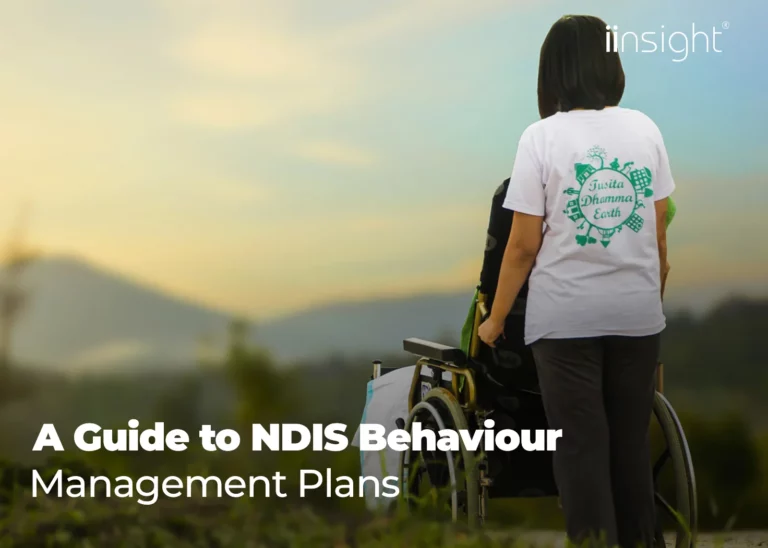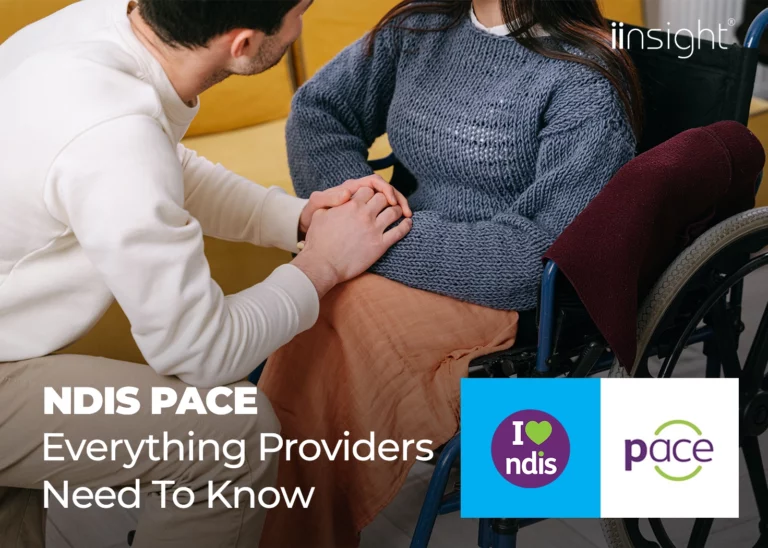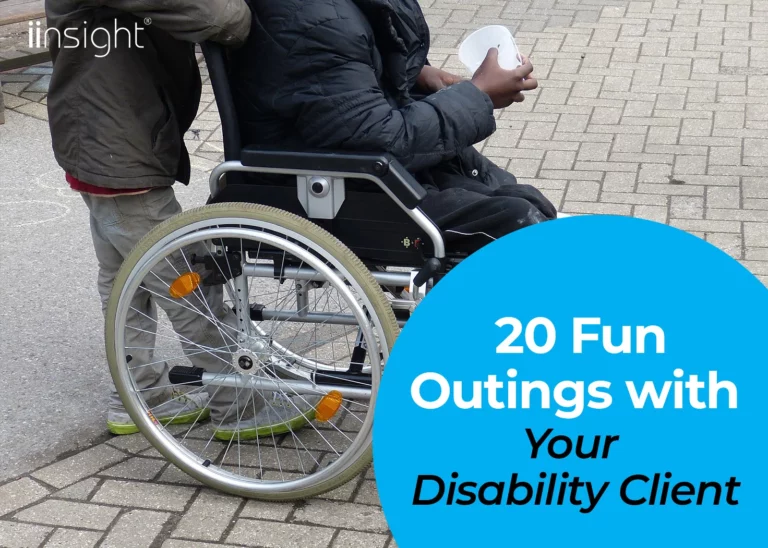Optimising your allied health website for the search engines can seem like a never-ending uphill. As soon as you respond to the latest updates, Google changes its algorithm again! To help you stay updated in 2021, we have cherry-picked a few top SEO techniques to implement.
Taking steps to bring in organic traffic has huge benefits for your practice. The main one being that it puts your services in front of clients who need them, and are actively searching online.
5 SEO Techniques To Implement For Your Allied Health Website
1. Improve Website User Experience (UX)
The ultimate objective of a search engine, like Google, is to find the best possible results for each user’s query. The best results are two things: filled with useful information and easy to access.
It means that websites with low-quality content or poor UX don’t rank as highly. Thin content, unclear navigation, insecure domains, and outdated design all increase the overall bounce rate. This is the number of people who leave your website and return to the search engine for an alternative result.
To avoid this, consider the following:
- Make your content relevant and informative for your audience
- Ensure the content is easy to read and optimally formatted
- Improve web page loading speeds
- Provide users with clear website navigation
- Add an SSL certificate for your domain
Implementing these points will contribute to greater visitor retention. This tells Google that your content is what readers want to find. In return, you’ll be rewarded with a boost in ranking!
2. Optimise For Voice Search
A large proportion of adults now own a smartphone or speaker and access it using voice search. As a result, optimising for voice search is now one of the important SEO techniques.
There are significant differences between text and voice search, with the latter queries typically being longer. For this reason, incorporate long-tail keywords or phrases in your content.
3. Design For Mobile-First
Currently, the majority of all searches take place on mobile, so this should be your design priority. If your web visitors can easily view pages and access information from their mobile, this will improve their experience and reduce your bounce rate.
4. Create Diverse Backlinks
Linking is still important in 2021.
Linking internally is how people discover the rest of your website. Strategic linking across your site will drive users to the pages you want them to find, for example, your service pages where you encourage them to make a booking or get in contact.
Linking out externally along with link building sends signals to Google about the authority of your website. An extensive backlink profile means that other websites consider your content authoritative enough to link to, which tells Google to rank your site more highly.
5. Measure SEO performance
Unless you measure the results of your efforts, you have no idea how effective they are. Therefore, you should be recording the steps you implement, getting feedback from clients, as well as studying your website’s Google Analytics profile to determine:
- What content has the lowest bounce rate?
- Which pages have the most UX issues?
- What was the most visited page?
- What was the least visited page?
- Which pages rank the highest on Google?
These can be intricate and hard to decipher. However, there are several useful tools available, which make the processes easier to understand.
The Bottom Line
Investing time into these SEO techniques will pay off and help to drive traffic to your website organically. Of course, the end goal for this is to get your services in front of patients who need them.
If you are looking at other ways to grow your allied health practice, contact us for a demo of iinsight. Our software contains case management templates, invoice and billing systems, bulk email ability, integration with Workcover QLD and Medicare, and enables the team to work collaboratively.













